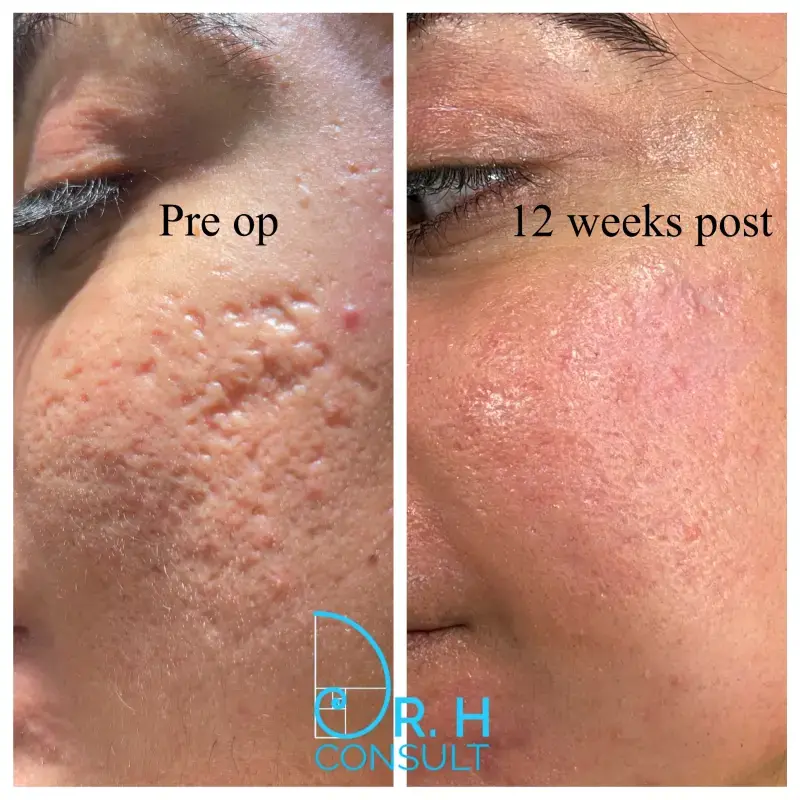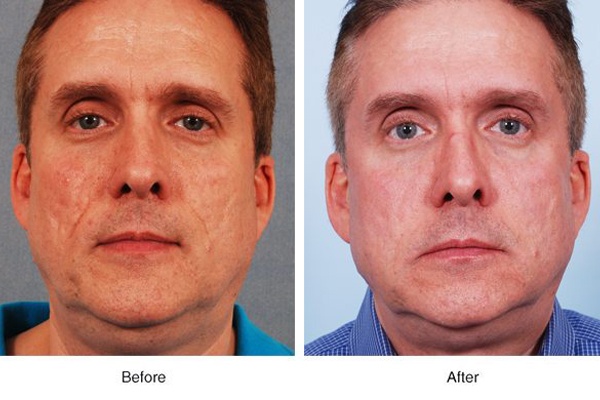Attain Smooth Skin with Specialized Acne and Acne Scars Treatment
Attain Smooth Skin with Specialized Acne and Acne Scars Treatment
Blog Article
Understanding the Various Skin Disease and Reliable Therapy Options for Acne Marks
Acne marks represent a complex interplay of skin disease that considerably influence people' self-esteem and general skin health and wellness. Understanding the distinct sorts of acne marks-- atrophic and hypertrophic-- alongside their underlying causes, is pivotal for establishing efficient therapy methods. Various restorative alternatives exist, varying from innovative dermatological procedures to natural solutions. However, the efficiency of these treatments often rests on individualized analyses by certified professionals. As we explore the landscape of acne mark administration, it ends up being evident that the trip towards clearer skin might involve more than simply topical remedies.
Kinds Of Acne Scars
The 2 key classifications of acne marks are atrophic and hypertrophic scars. These marks are more classified into three subtypes: ice choice marks, which are slim and deep; boxcar marks, which are bigger and have well-defined sides; and rolling marks, which create a wave-like look due to irregular skin appearance.
In comparison, hypertrophic marks result from an overproduction of collagen throughout the recovery procedure, causing raised locations on the skin. These scars are often strong and can differ in color, in some cases showing up red or darker than the bordering skin.

Reasons For Acne Scarring
Scarring occurs as an outcome of the body's natural healing feedback to inflammation and injury triggered by acne sores. When acne forms, it triggers an inflammatory response, leading to the release of numerous cytokines and growth elements that advertise recovery. This process can often lead to extreme cells formation or inadequate fixing, resulting in marks.
The key sources of acne scarring include the intensity of the acne itself, duration of the sores, and individual skin kinds. Severe inflammatory acne, such as blemishes and cysts, is a lot more likely to result in scarring because of deeper cells damage. Additionally, incorrect handling of acne lesions, such as selecting or squeezing, can aggravate cells injury and swelling, increasing the probability of scarring.
Hereditary proneness also plays a considerable duty; people with a family members background of scarring go to a greater threat. Skin type and shade can affect scar formation, as darker skin tones might experience post-inflammatory hyperpigmentation, while lighter skin may create atrophic scars.

Therapy Choices for Scarring
Reliable treatment alternatives for acne scarring differ depending upon the kind and severity of the marks. Usually classified into atrophic, hypertrophic, and keloid marks, these problems call for tailored strategies for optimum outcomes.
For atrophic scars, which are defined by a loss of tissue, treatments such as chemical peels, microdermabrasion, and laser treatment are generally used. These approaches advertise skin renewal and stimulate collagen manufacturing, therefore boosting skin appearance. Subcision, a minimally intrusive procedure, can additionally work by separating fibrous bands underneath the skin.
Keloid and hypertrophic marks can be a address lot more challenging to deal with. Choices include corticosteroid shots to minimize inflammation and squash the scars. acne and acne scars treatment. In many cases, cryotherapy or laser therapy might be advised to lessen their look
Surgical options are offered for severe scarring, where excision or skin grafting might be needed. It's necessary for individuals to seek advice from a skin doctor to assess their specific mark kind and review one of the most ideal treatment plan. Integrating multiple treatments typically produces the very best end results, guaranteeing that each individual's unique skin disease is dealt with successfully.
Natural Remedy and All-natural Solutions
Natural solutions and natural home remedy can give an easily accessible strategy for people seeking to enhance the look of acne marks. Various ingredients found in the home kitchen have actually demonstrated prospective benefits in enhancing skin appearance and advertising recovery.
Applying fresh aloe vera gel directly onto the marks can aid boost skin hydration and lower soreness. Honey has all-natural anti-bacterial and moisturizing top qualities that can aid in scar healing.
An additional efficient choice is lemon juice, which functions as an all-natural exfoliant and can lighten hyperpigmentation. It needs to be used cautiously, as it may create photosensitivity. Oat meal masks are likewise valuable; their gentle peeling can aid get rid of dead skin cells while soothing irritation.
Essential oils, such as tea tree oil and lavender oil, can additionally sustain scar recovery due to their antimicrobial residential or commercial properties. It is essential to execute a patch examination prior to applying any type of treatment to ensure there are no negative responses. These natural solutions can be a corresponding strategy in the journey to lessen acne marks.
Preventing Future Scarring
Embracing a proactive technique to skincare can significantly decrease the threat of developing future acne marks. Among the essential methods is to handle acne effectively as it develops (acne scars treatment). This involves making use of non-comedogenic skin care products and medicines recommended by skin doctors that target acne without aggravating the use this link skin. Routine cleaning, exfoliation, and hydration can help keep skin health and stop stopped up pores.
In addition, staying clear of the temptation to press or select acne sores is vital, as this can cause inflammation and subsequent scarring. Rather, people should concentrate on using topical treatments that promote recovery and reduce swelling. Ingredients such as salicylic acid, benzoyl peroxide, and retinoids are understood for their efficiency in handling acne and reducing scars.

Last but not least, keeping a healthy and balanced diet plan abundant in antioxidants and staying moisturized assistances skin regrowth. By carrying out these preventative actions, people can substantially lower their threat of future scarring and advertise general skin health.
Verdict
In conclusion, a thorough understanding of acne scars, incorporating both atrophic and hypertrophic kinds, is crucial for effective therapy techniques. Assessment with a dermatologist stays necessary to design customized approaches that take into consideration specific skin types and mark seriousness, inevitably boosting the efficiency of scar monitoring techniques.
Acne scars stand for a complex interaction of skin conditions that considerably influence people' self-worth and general skin health. The two primary categories of acne marks are hypertrophic and atrophic scars. These marks are further identified right into three subtypes: ice pick scars, read what he said which are narrow and deep; boxcar scars, which are wider and have distinct sides; and rolling marks, which produce a wave-like appearance due to irregular skin appearance.
An extensive appointment with a skin specialist can assist identify the most appropriate intervention, taking right into account the individual's skin type, mark seriousness, and total skin health and wellness.
Assessment with a skin specialist stays necessary to develop individualized strategies that consider individual skin types and scar severity, eventually improving the efficiency of scar monitoring techniques.
Report this page